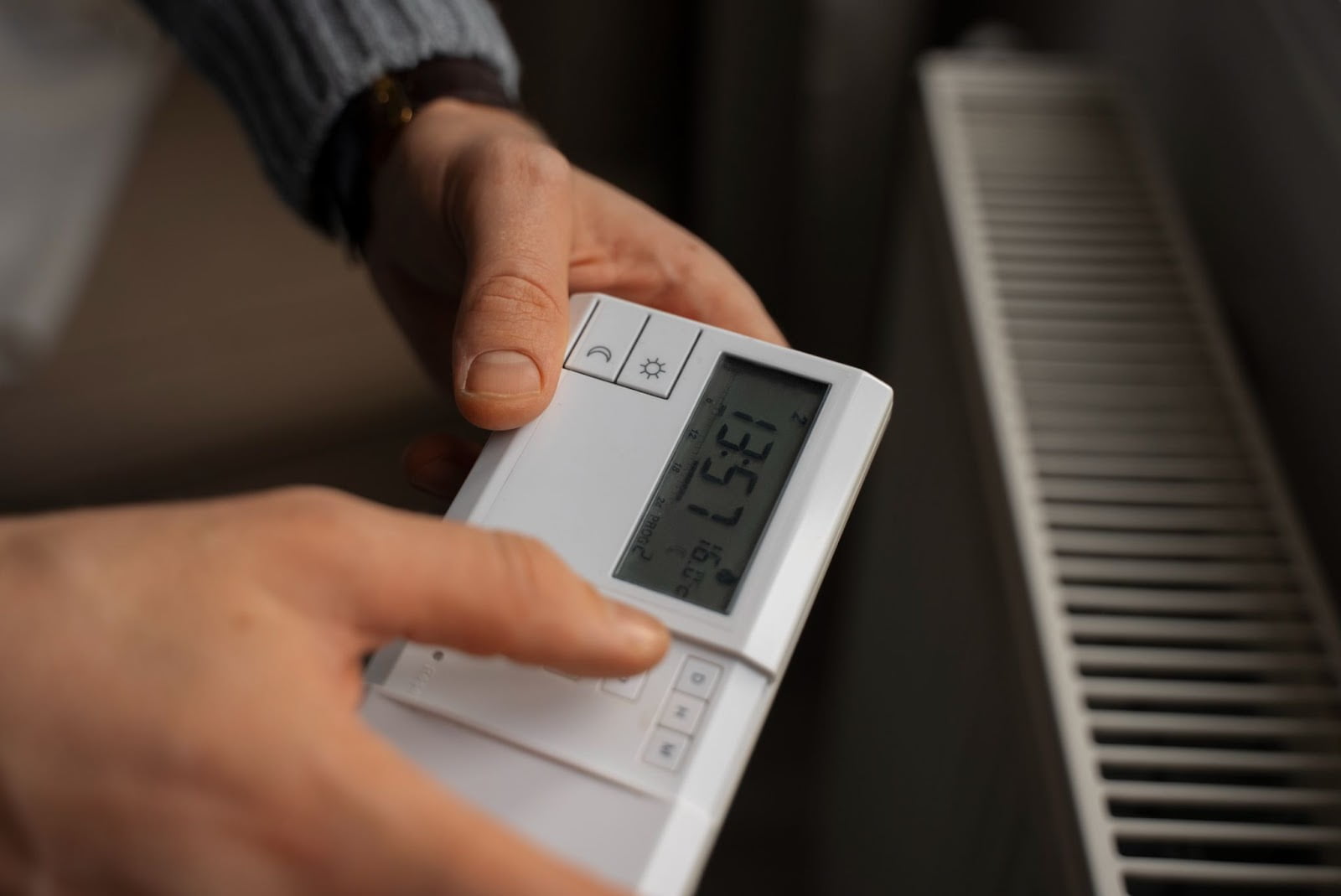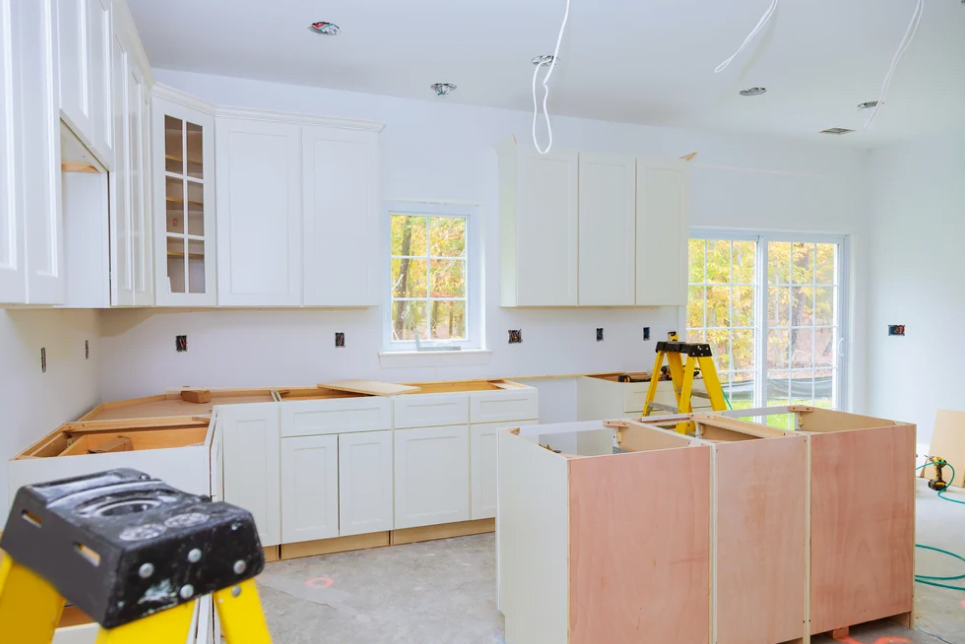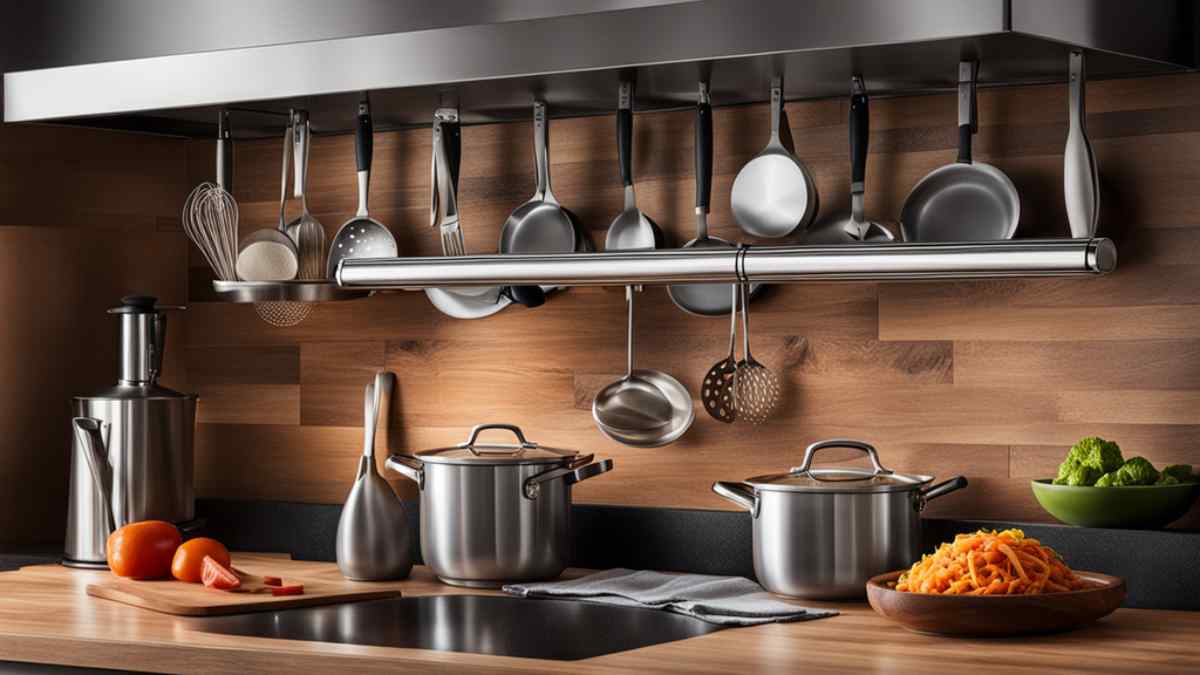
We may earn money or products from the companies mentioned in this post.
Creating a culinary experience that’s as comfortable as it is inviting is not just about the food you serve. The environment in which that food is prepared and enjoyed can be just as significant a component. Whether you’re a home chef mastering the art of Sunday dinner or a restaurant owner curating the perfect dining atmosphere, the blend of kitchen ambiance and heating, ventilation, and air conditioning (HVAC) is critical. This comprehensive guide will help you understand the importance of balancing these two elements and provide strategies to achieve the perfect mix.
The Scent of Satisfaction: Why Kitchen Ambiance Matters
The sensory experience starts the moment you walk into a kitchen. The sizzle of the skillet, the aroma of freshly chopped herbs, and the warmth from the stove doesn’t just contribute to the meal—it sets the stage for everything that follows. This ambiance is equally vital for both home cooks and professional chefs. In a bustling restaurant, ambiance can define the brand and the type of experience you want to offer your patrons. For the domestic enthusiast, it’s about transforming the mundane necessity of cooking into a soul-nourishing ritual.
Creating an Inviting Culinary Cocoon
From the rustling of fresh produce to the clinking of plates, every sound in a kitchen contributes to the mood. Creating a cocooning environment where friends and family feel comfortable and eager to share in the cooking process is the essence of home hosting. For restaurants, this often involves subtle lighting, open kitchen designs, and seamless service that feels personal yet unobtrusive.
Temperature Matters: Warmth and Workability
Maintaining the right temperature is crucial both for the comfort of the kitchen staff and the efficacy of various cooking processes. It’s an art in itself, ensuring that the warmth of ovens and stovetops doesn’t tip over into stifling heat and that chilled ingredients keep their cool without freezing the cook. In a home kitchen, improvements in insulation or the use of climate control systems can prevent temperature fluctuations that can affect food preparation.
Managing Humidity and Smell
Steam, smoke, and various aromas are par for the course in a kitchen, and managing them can be tricky. Humidity, if uncontrolled, can lead to dampness and a breeding ground for bacteria. Foul odors, on the other hand, can be off-putting to anyone about to savor a meal. Specialized ventilation for your kitchen ensures that odors and excess moisture are whisked away, leaving behind a clean, comfortable space.
HVAC Solutions for the Kitchen
HVAC is the invisible ingredient in the recipe of kitchen comfort. Whether it’s the quiet hum of a perfectly adjusted air-circulation unit in a Michelin-starred kitchen or the simple, gentle draft emanating from the ceiling of a home cook’s sanctuary, HVAC plays an important role in maintaining the balance of temperature, air quality, and acoustics.
Proper Ventilation
The heart of an efficient, comfortable kitchen is good ventilation. Range hoods, exhaust fans, and even windows play a significant role in removing odors, smoke, and excess heat, while also minimizing the risk of airborne pollutants. In restaurants, this can be a complex ducting system that whisks away steam while keeping the kitchen staff cool. At home, it could be as simple as installing a high-quality range hood.
Temperature Control
Precision is paramount when it comes to temperature control in a kitchen. Not only does food quality depend on it, but the comfort of the chefs is also at stake. In commercial kitchens, this often means zoning systems that can adjust according to the different areas and cooking temperatures. For home chefs, smart thermostats can help maintain a consistent and comfortable environment.
Noise Reduction
The clatter of pots and pans, whirring blenders, and the drone of what can sometimes sound like a 747 preparing for take-off are all part of the kitchen symphony. But when it comes to HVAC, the ideal environment is one of whisper-quiet operation. Sound dampening technologies and equipment enclosures can lower the decibels without sacrificing efficiency.
Tailored Tips for Home-Cooking Bliss
For those of you preparing meals in your own domain, kitchen ambiance is not just about aesthetics—it’s about creating an environment that makes cooking a joy rather than a chore. Here are some actionable steps you can take to ensure your home kitchen is a place of culinary happiness.
Optimize for Your Space
Each kitchen has its unique layout and size, and your HVAC choices should reflect that. Portable air purifiers or dehumidifiers can be excellent options for smaller kitchens where space is at a premium. For larger areas, investing in professional-grade equipment that can handle the volume is key.
Think Wisely About Lighting
Natural light is the best mood-setter, but when the sun sets, a combination of task lighting over prep areas and ambient lighting for the rest of the space ensures you can work safely and efficiently without harsh glares or dark shadows.
The Power of Scent
Scent can transform a room, and nowhere is this more important than in the kitchen. Consider installing a range hood with filters that remove not just airborne particles but also the volatile compounds that lead to strong smells.
Restaurant Ambiance A-la-HVAC
For culinary businesses, the connection between HVAC and success is even more crucial. Here, we explore how restaurant owners can use HVAC solutions to create the perfect dining experience.
Open Kitchens and Sensory Delights
Open kitchen designs have grown in popularity because they allow patrons to feel part of the action. However, with this visibility comes the need for more precise ventilation and noise management to ensure that the experience remains enjoyable for everyone, including the chefs.
Fresh Air for a Fresh Palate
In the post-pandemic world, the importance of fresh air cannot be overstated. Restaurant HVAC systems benefit from introducing more outside air where possible and using high-efficiency filters to keep the indoor air as clean as your dishes.
Zoning for Efficiency
Each section of your restaurant may require different temperature levels. Zoning your HVAC system allows you to address these needs, providing a fine-tuned environment that also saves on energy costs.
The Value for HVAC Professionals
For those in the HVAC field, specializing in kitchen environments can offer a significant market advantage. Understanding the unique needs of chefs, both at home and in professional settings, and being able to provide tailored solutions can be a recipe for a successful business.
Customization is Key
No two kitchens are alike, and so, too, should HVAC solutions be tailored to each setting. This might involve custom fabrication of ductwork, installation of specialty equipment, or the ability to work with sound engineers to minimize operational noise.
Providing Expert Guidance
Working closely with architects and interior designers can help ensure HVAC solutions are seamlessly integrated into the overall ambiance of the kitchen. This collaborative approach can lead to innovative concepts that set your work apart.
Maintaining Quality
Once installed, HVAC systems must be maintained to ensure they continue to run at peak performance. Offering maintenance contracts as part of your service can provide long-term value to your clients and create a steady stream of income for your business.
The Regular Maintenance Check-Up
Like all appliances, HVAC systems need regular care to function correctly and efficiently. For kitchens, where their workload is often more demanding, this is especially true.
Cleaning and Adjusting
Filters, coils, and fans can quickly become clogged with grease and other kitchen particles. Regular cleaning and adjustments help maintain the system’s airflow and efficiency.
Inspecting for Leaks
Leaks in the ductwork can significantly reduce the effectiveness of your ventilation system. Regular inspections can catch and repair these issues before they become costly.
System Upgrades
The HVAC industry is constantly evolving, and regular maintenance presents an opportunity to upgrade to more efficient or better-suited equipment. This can result in cost savings and improved functionality.
Conclusion
Creating the perfect kitchen ambiance through HVAC solutions is much like crafting a fine dish. It’s about balance, quality ingredients, and meticulous attention to detail. Whether it’s for your own enjoyment at home or to elevate the dining experience of your guests, taking the time to understand and implement the right HVAC solutions can make all the difference.
For chefs and homeowners, it ensures that the environment in which you’re preparing your meals enhances the experience. For the HVAC professional, it opens up a world of opportunity to provide expertise in an often-overlooked niche of the culinary arts. With the right approach, the blend of kitchen ambiance and HVAC can lead to a more enjoyable cooking experience and a healthier, happier customer base.






